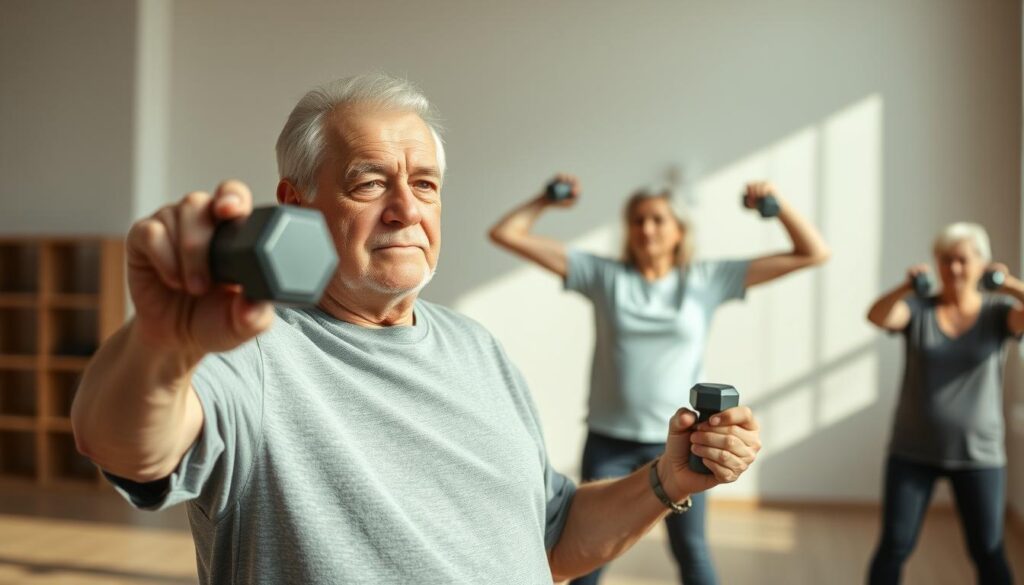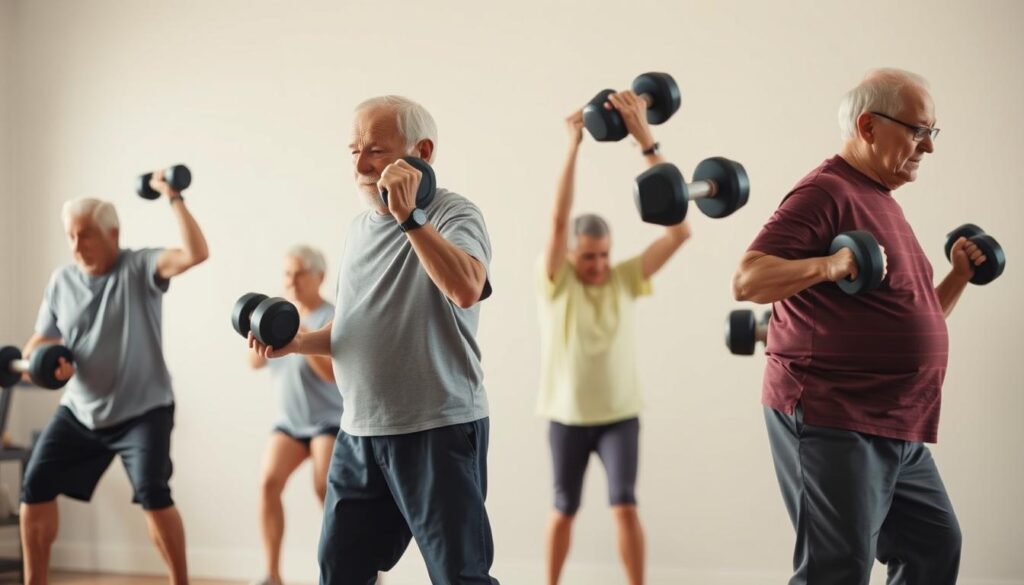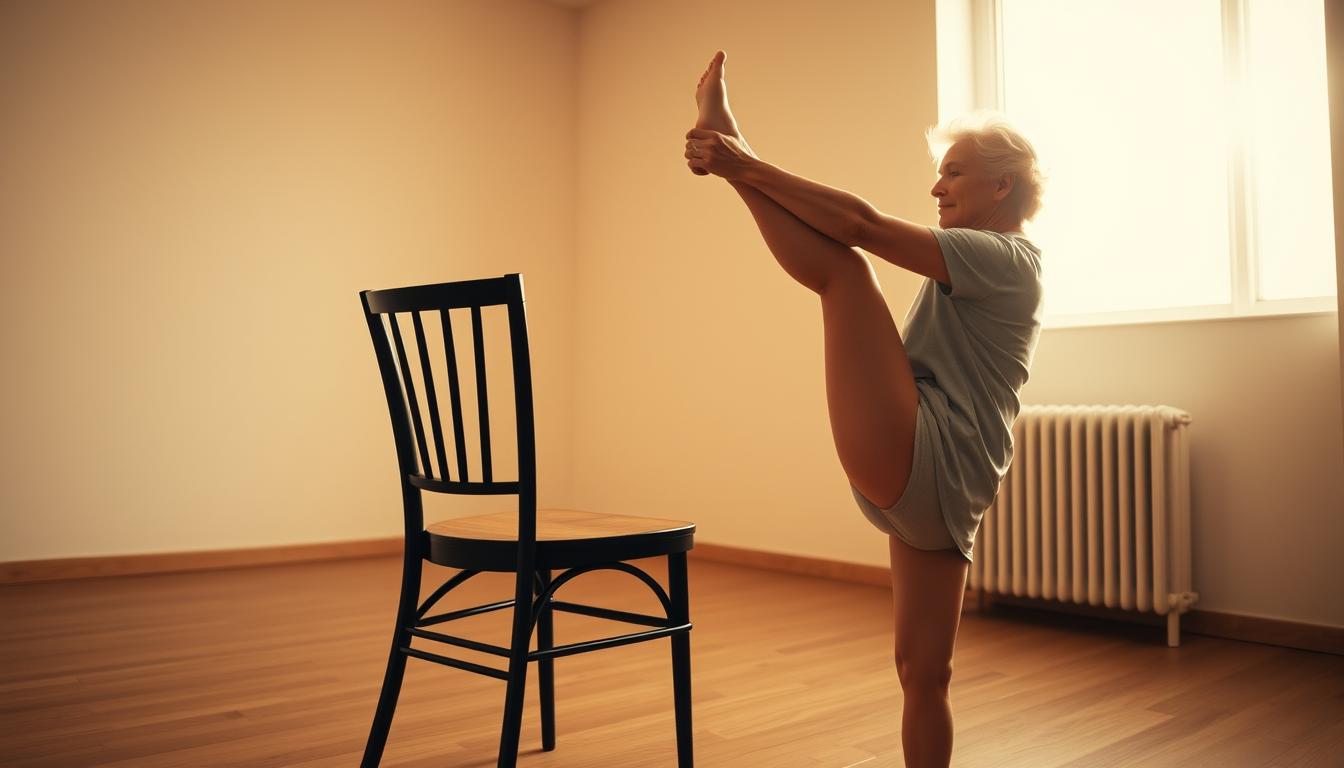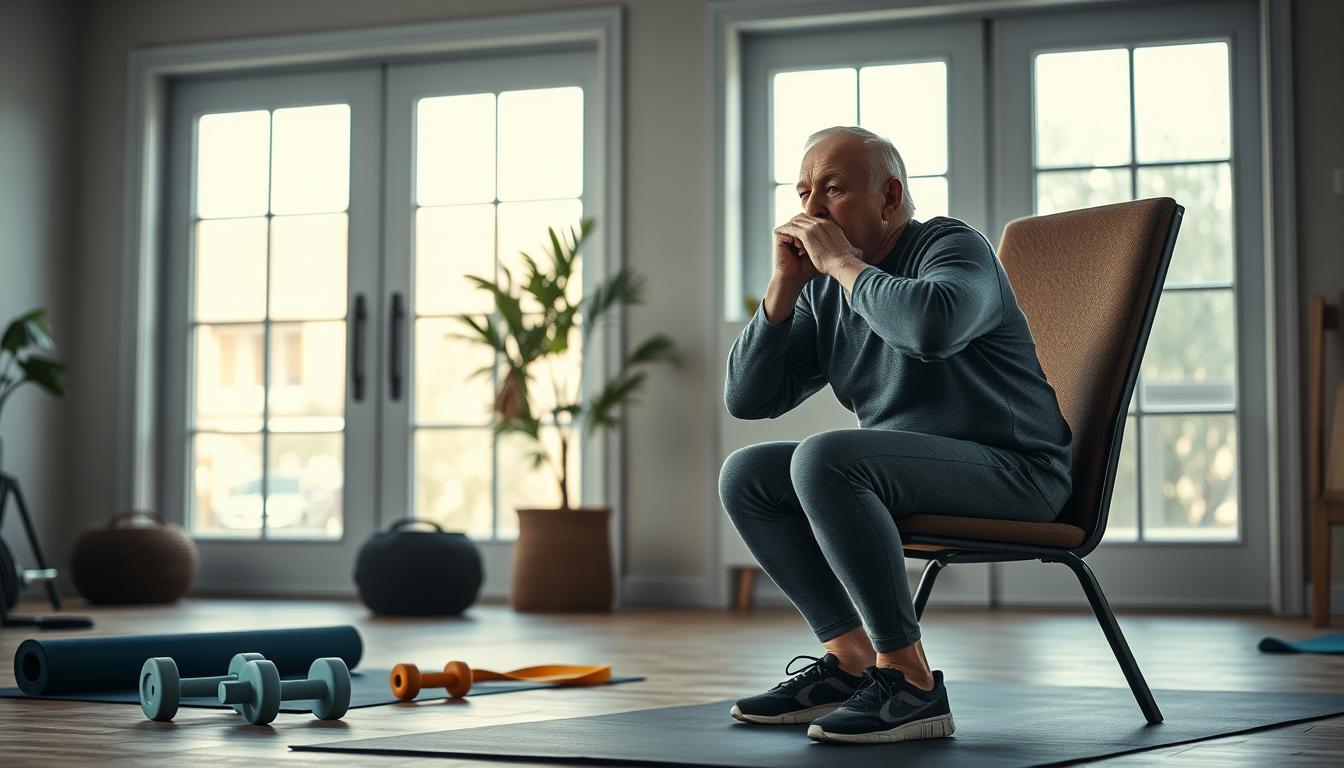Want to carry groceries without feeling like you’re hauling bricks? Five simple lifts can turn your living room into a strength-training lab that makes real-life tasks easier. Let’s cut the fluff: getting older isn’t for the weak (literally), but you don’t need a gym membership or fancy gear to stay strong. David Jack from SilverSneakers says it best: “Your body craves movement, not martyrdom.”
I’ve seen folks in their 70s deadlift laundry baskets like they’re picking up feathers—all because they nailed these moves. Start with weights between 5-10 pounds (trust me, your arms will talk to you tomorrow). The trick? Focus on form first. If you’re hunching like a question mark during bicep curls, we’ve got work to do.
Here’s the kicker: these exercises aren’t just about muscle. They’re about climbing stairs without gasping, lifting grandkids without wincing, and feeling like a boss when you open pickle jars. And no, you won’t need hours. Ten minutes, three days a week. Your body deserves better than a Netflix marathon.
Pro tip: If your current routine involves mostly sitting, start lighter. Your future self will high-five you when you breeze through airport terminals or rearrange furniture without calling for backup. Let’s get to work.
Before You Begin: Setting Up Your Dumbbell Basics

What if everyday tasks felt effortless? It starts here. Let’s get your space ready so you can focus on building strength that sticks around longer than yesterday’s leftovers. Trust me—I’ve seen kitchen counters become makeshift gyms that work better than fancy equipment.
Choosing the Right Weight and Equipment
Start with weights that feel manageable—like a gallon of milk or a hardcover book. If you can do 10-12 reps without straining your shoulders or losing balance, you’ve found your sweet spot. Pro tip: If your arm shakes more than a maraca during lifts, go lighter. Form always beats heavy lifting.
| Factor | Light Weight (2-5 lbs) | Heavy Weight (8-10 lbs) |
|---|---|---|
| Form Focus | Easier to control | Requires more stability |
| Fatigue Level | Mild burn after 12 reps | Quick muscle engagement |
| Daily Task Match | Carrying mail, lifting mugs | Groceries, small pets |
Establishing a Safe Home Exercise Space
Clear an area the size of a yoga mat. Keep a sturdy chair nearby—not just for sitting, but for steadying yourself during standing moves. Walls work too! Lean against one during single-leg balances to avoid wobbles. Want to level up? Pair these moves with golf-specific routines to build full-body coordination.
Your routine should feel like a good conversation—challenging but not exhausting. Remember: muscles grow during rest, not just reps. Now let’s turn that living room corner into your personal strength lab.
Essential Strength Training Moves for Everyday Tasks

Ever tried lifting a casserole dish after binge-watching your favorite show? Let’s fix that. A proper warmup wakes up your muscles like coffee for your joints—gentle, effective, and non-negotiable. I’ve learned through trial (and a few creaky mornings) that skipping this step is like driving a car in winter without letting it idle first.
Warmup Routines That Get You Going
Start with shoulder rolls—5 forward, 5 back. Imagine drawing circles with your elbows while keeping your core engaged. This isn’t just fluff; it preps your upper body for lifting pots or reaching high shelves.
Next, try bodyweight squats. Bend your knees like you’re sitting in a chair that’s slightly too far back. Keep your back straight as if balancing a book on your head. I’ve found this mimics lifting laundry baskets without the awkward waddle.
| Move | Daily Task Link | Key Benefit |
|---|---|---|
| Arm Circles | Carrying Groceries | Shoulder Mobility |
| Toe Touches | Putting On Shoes | Lower Back Support |
| Side Bends | Reaching for Items | Core Activation |
Grab light weights (3-5 lbs) for resistance moves. Try lifting them sideways like you’re opening stubborn curtains. Slow and controlled beats fast and shaky every time. Pair these with golf-specific routines to build full-body coordination that translates to real-life motion.
Your muscles respond best to consistency—not heroics. Ten minutes of intentional movement three times a week can make lifting grandkids feel like picking up pillows. Trust me, your future self will notice the difference.
Dumbbell Workouts for Seniors: Targeting Upper and Lower Body Strength

Ever struggle to grab that top-shelf spice jar without a step stool? Let’s fix that. These moves target the muscles you use daily—think lifting pans, climbing stairs, or even shuffling firewood. I’ve seen clients transform wobbly reaches into smooth motions just by mastering two key areas.
Presses and Rows That Mean Business
Start with a shoulder press: sit tall, weights at ear level. Push up like you’re closing a stubborn attic window. Mayo Clinic experts note this move builds shoulder stability while protecting joints. For rows, hinge slightly forward and pull elbows back like you’re starting a lawnmower. Your upper back will thank you next time you haul a suitcase.
| Exercise | Daily Benefit | Form Tip |
|---|---|---|
| Overhead Press | Reaching high shelves | Keep ribs tucked |
| Bent-Over Row | Carrying bags | Engage core |
| Lateral Raise | Lifting grandchildren | Thumbs up position |
Squats That Mirror Real Life
Stand facing a chair, weights at your sides. Lower slowly like you’re sitting down—but stop halfway. Push through your heels to rise. This partial squat builds the same muscles used when getting up from the couch. Bonus: it trains your hips and knees to work as a team, cutting fall risks.
Form First, Always
Your joints aren’t negotiable. Keep these cues handy:
- Shoulders: Roll them back like you’re pinching a pencil
- Hips: Imagine closing a car door with your rear
- Feet: Root them like tree trunks
Three sets of 8-10 reps work magic without strain. Pair these with golf fitness routines for full-body coordination that sticks.
Creative Variations to Boost Balance and Coordination

What if your strength routine felt more like playtime than homework? Let’s ditch the robotic repetitions. Physical therapists agree: mixing functional patterns with everyday motions builds stability that sticks. Picture this—you’re doing side lifts while humming to your favorite classic rock anthem. Suddenly, exercise becomes less chore, more joy.
Side Lifts and Functional Movement Patterns
Try the “TV side lift”: stand sideways to your screen, weight in one hand. Lift sideways like you’re waving to a neighbor across the street. This isn’t just arm work—it fires up your hip stabilizers and challenges your core. Research shows these lateral moves improve balance better than forward-only routines.
Switch it up by shifting your feet. Narrow stance? Think tightrope walker. Wide stance? Imagine bracing against subway turbulence. Each variation trains your body to adapt—exactly what you need when carrying uneven loads or navigating crowded spaces.
Adapting Moves with a Chair or Wall for Support
Chair not just for sitting—it’s your new training partner. For seated side lifts, plant both feet firmly. Press through your heels as you raise the weight. This tweak reduces joint strain while keeping muscles engaged. Wall-assisted squats? Place your palms flat behind you and slide down like you’re closing a stubborn drawer.
| Supported Move | Real-Life Benefit | Expert Tip |
|---|---|---|
| Chair-Assisted Lift | Carrying packages upstairs | Engage glutes on ascent |
| Wall Push-Off | Rising from low seats | Press through whole foot |
Remember: creative doesn’t mean complicated. A slight grip change or foot adjustment can turn mundane exercises into coordination boosters. Your future self will appreciate the extra stability when reaching for that back-shelf casserole dish—no step stool required.
Injury Prevention and Reps Ramp-Up Strategies

Ever feel that sweet spot where effort meets safety? Let’s keep you there. Progress isn’t about pushing until something cracks—it’s about smart adjustments that keep your joints happy while building strength. I’ve learned this the hard way after tweaking my shoulder during an overzealous session. Here’s how to avoid my mistakes.
Knowing When to Ease Up and Scale Your Intensity
Start with the two-rep rule: add just two repetitions per week to your current sets. If 10 squats feel steady, aim for 12 next Tuesday. This gradual approach lets your muscles adapt without shocking your system. Think of it like upgrading from a sedan to an SUV—you want power, not whiplash.
Use this exertion scale during workouts:
| Level | Feeling | Action |
|---|---|---|
| 1-3 | Easy peasy | Add 1 lb next session |
| 4-6 | Comfortable effort | Stay the course |
| 7-10 | Grinding teeth | Drop weight 20% |
Rest between sets isn’t lazy—it’s strategic. Sixty seconds lets your lower body reset while keeping momentum. For chair-assisted moves, plant both feet like you’re stomping grapes. This grounded position protects your back better than a chiropractor’s warning.
Three non-negotiables I tell every client:
- Cool down with arm crosses—hug yourself like reuniting with an old friend
- If your shoulders whisper “nope,” switch to seated rows
- Schedule rest days like doctor’s appointments—non-optional
Your body’s feedback beats any fitness tracker. That twinge during lateral raises? It’s not weakness—it’s wisdom. Dial back, adjust your grip, and conquer the movement your way. Remember: resistance training should leave you energized, not exiled to the couch.
Wrapping It Up: Your Dynamic Approach to Daily Lifts That Keeps You Moving…
What if lifting your grandchild felt like picking up a feather? That’s the magic of treating resistance training as a lab for real life. Every rep isn’t just about building muscle—it’s rehearsing for the moments that matter. Here’s the truth: progress hides in subtle shifts, not brute force.
Swap your grip during rows to mimic pulling open a heavy door. Rotate your feet slightly outward during squats—like bracing to lift a laundry basket. These tweaks transform routine exercises into skill-building sessions. Your back will notice when you reach for that suitcase with ease.
Three rules I live by: 1) If it feels shaky, slow down. 2) Rest days are where growth happens. 3) Your chair isn’t just furniture—it’s a tool for mastering control.
Think of it this way: your body’s learning a language. Each set teaches verbs like “lift,” “twist,” and “rise.” Now go conjugate those moves into your day—one mindful shoulder press at a time. The next chapter? That’s yours to write.



